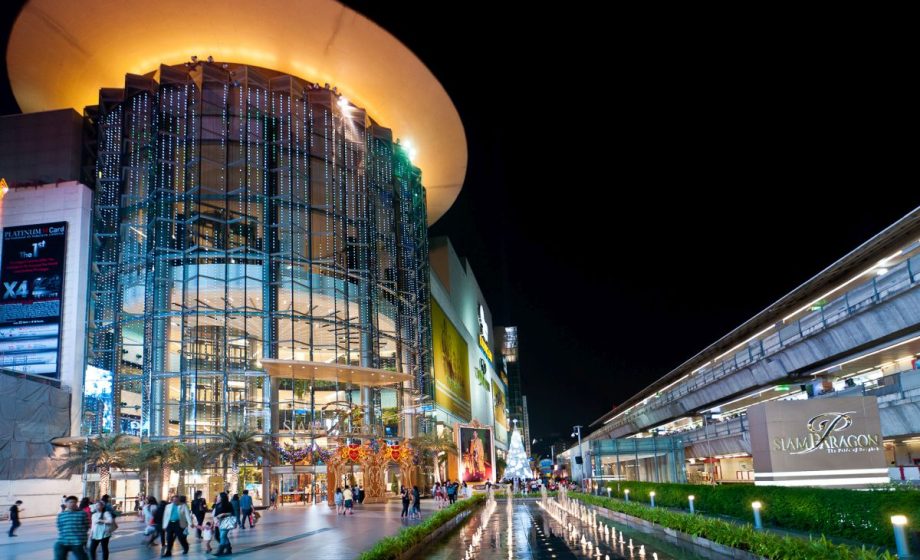On a recent exploratory visit to Bangkok, I witnessed first-hand a consumer shopping behavior that absolutely blew my mind and underscored how the West does not have a monopoly on business model innovation. Incidentally, my secret for glimpsing generalized consumer behaviors in a foreign country is to eschew the convenience of taxis or Uber in favor of public transportation whenever I can. In this case, I observed an intriguing pattern on the trains, and then began actively querying random people about it.
Few e-commerce specialist investors in Europe seem to be waking up to the mind-boggling potential of e-commerce in Southeast Asia, at least beyond Singapore. Rocket Internet represents the notable exception. Not only are they proving that their model of ruthless execution works in Southeast Asia (cue Zalora and Lazada, to cite two examples), but they are also seeding the market with entrepreneurs trained in operational excellence. Outside of Rocket and the recent attention lavished by Sequoia Capital on Indonesia, venture funding for the region appears to be limited to a handful of smart local VCs, based in Bangkok or Singapore, or savvy Japanese investors. I am surprised that not more Western LPs are seeking exposure to the region.
According to some sources in the know, e-commerce penetration currently stands at 10~15% in China right now (which incidentally in absolute volumes already rivals that of the West). Meanwhile, in Thailand, experts peg e-commerce penetration at a mere 0.5% presently.
During my stay in Bangkok, it seemed that every single person outside of young children and elderly walking down the street or riding the metro was cradling their iPhone or (more commonly) Android device. Mobile networks were strong and reliable (4G in some parts, with 3G ubiquitous). Granted I did not leave urban areas, but when I read that mobile penetration in Thailand is almost 150%, with smartphone penetration at 35~40% today and expected to double, this strikes me as credible.
So to summarize, with a population of 65 million, Thais have over 90 million mobile sim cards; internet access connects around 20 million individuals; and online commerce only just surpassed $1 billion USD which represents a mere 0.5% penetration (the entire GDP for Thailand exceeds $600 billion). Talk about potential.
On this backdrop, let’s take a look at LINE and Instagram usage in Thailand.
LINE is the dominant messenging platform in Thailand, with over 33 million registered users. Based on more recent data direct from LINE corporate, we can make an educated guess that LINE’s MAU count in Thailand is close to 29 million. Usage on the platform has become so quotidien — for example, one entrepreneur told me about how her mother operates several different LINE groups for her various circles of friends — that the platform has emerged as arguably the most trusted channel of interaction outside a physical encounter. I’ve even heard of cases where people send LINE photos of bank transfer confirmations to provide proof of payment: this almost suggests that people trust LINE more than the credit card processing infrastructure !
As for Instagram, Thailand arguably boasts the most engaged user base on Instagram in the world. Estimates place Instagram accounts in the range of 2 million today; however, the Siam Paragon Mall in Bangkok represented the top Instagram location in 2013 (and ranked fourth in 2014).
Which brings us back to the mind-blowing consumer shopping behavior I witnessed. Technically, I would not characterize this as pure M-Commerce, it was more like IL-Commerce, as in Instagram-LINE Commerce.
IL-Commerce works as follows: A merchant creates an Instagram account and post photos of their wares. Merchants selling women’s fashion seemed to be the most common, but I did notice other product categories. In her Instagram Bio, the merchant may mention a few commercial words about the product, but inevitably also includes her LINE ID. Here’s a typical example:
Consumers that stumble onto the Instagram page and like what they see use LINE to contact the merchant and ultimately make an online transaction. By using LINE, merchants are able to engage directly with each prospective customer and build trust. By way of this interaction over LINE, the merchant and the customer complete the transaction, agreeing on the product, any potential discounts, even payment terms. Consumers seem to prefer this method because it gives them a direct contact with a live person, not an anonymous online shopping cart. Sometimes the merchant will even use this LINE chat to persuade the customer to come into the store.
Notice how the following merchant very cleverly set her Instagram location as her LINE ID, such that it appears in the top heading bar of the Instagram page.
So what is the relevance for Europe in all of this? Beyond the obvious one that performance-seeking investors who like e-commerce should be thinking about Thailand now, it feels like there’s some other inspiration to derive. At a time when brick-and-mortar retailers across Europe are grappling with how to adapt their rigid fixed cost structures to the flight of disposable income toward online channels, the notion of tapping into the customer’s need for engagement via a messenger app like LINE feels like it could be part of solution to their troubles.
[Credits: I’d like to thank for the fact-checking and indirect inspiration: Orn Euaungkanakul (Instagram/LINE user), Prinda Pracharktam (Co-Founder Glazziq.com), Aim Charoenphan (MD of Hubba), and Adrian Vanzyl (Co-Founder of Ardent Capital).]





